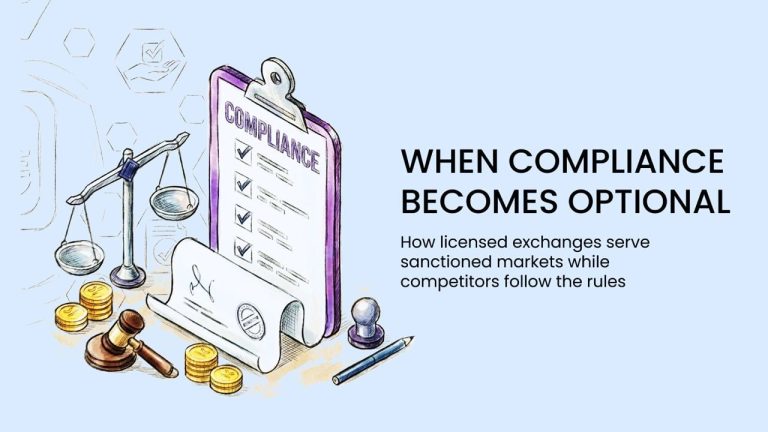
Sustainable Cities: How Europe is Shaping Eco-Friendly Lifestyles by 2025
Introduction
Sustainable Cities, Eco-Friendly Lifestyles, Europe, 2025 are some of the key terms that come to mind when discussing the future of urban development. As the world grapples with the challenges of climate change, environmental degradation, and social inequality, European cities are taking the lead in shaping eco-friendly lifestyles. By 2025, these cities will be transformed into green hubs, reducing carbon emissions and promoting environmentally friendly practices. In this article, we will explore the initiatives and strategies being implemented by European cities to create sustainable and eco-friendly lifestyles.
European Cities Leading the Way
Cities such as Copenhagen, Stockholm, and Amsterdam are at the forefront of the sustainable city movement. These cities have implemented innovative solutions to reduce carbon emissions, such as investing in renewable energy, promoting cycling and walking, and implementing green roofs and walls. For example, Copenhagen’s carbon neutral plan aims to reduce emissions by 70% by 2025, while Stockholm’s congestion tax has reduced traffic congestion by 20%. Amsterdam’s green roof initiative has also provided insulation and reduced energy consumption for buildings.
Sustainable Transportation
Sustainable transportation is a key aspect of creating eco-friendly lifestyles in European cities. Many cities are investing in electric and hybrid buses, trams, and trains, as well as promoting cycling and walking. For example, the city of Oslo has introduced electric buses, while the city of Zurich has implemented a congestion-free zone in the city center. The use of green transportation modes is not only reducing carbon emissions but also improving air quality and reducing noise pollution.
Green Spaces and Urban Planning
Green spaces and urban planning are also crucial components of sustainable cities. European cities are incorporating green spaces, such as parks and gardens, into their urban planning to reduce the urban heat island effect, improve air quality, and provide recreational spaces for citizens. For example, the city of Barcelona has introduced the ‘Superblock’ program, which has pedestrianized city streets and created green spaces. The city of Vienna has also implemented a green roof initiative, which has provided insulation and reduced energy consumption for buildings.
Conclusion
In conclusion, European cities are shaping eco-friendly lifestyles by 2025 through innovative initiatives and strategies. From sustainable transportation to green spaces and urban planning, these cities are reducing carbon emissions and promoting environmentally friendly practices. As the world looks to the future, it is clear that sustainable cities will play a critical role in creating a more environmentally friendly and socially equitable world.





